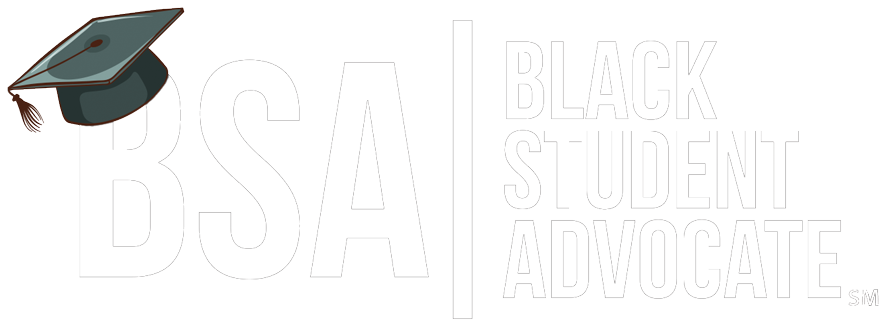African American students are suspended from school at significantly higher rates than their peers of other races. This phenomenon has sparked widespread concern and debate, prompting a closer examination of the underlying factors driving these disparities. By delving into the complex interplay of societal, institutional, and individual dynamics, we can unravel the root causes behind this troubling trend.
Historical Context:
To understand the present-day disparities in school suspensions, it’s crucial to contextualize them within the broader historical framework of systemic racism and inequality in the United States. From the era of slavery to the civil rights movement and beyond, African Americans have faced systemic barriers to education and opportunities for advancement. These historical injustices have left a lasting imprint on the educational landscape, perpetuating disparities that continue to impact African American students today.
Structural Inequities:
One of the primary drivers of higher suspension rates among African American students is the presence of structural inequities within the education system. These inequities manifest in various forms, including disproportionate funding for schools in low-income communities, unequal access to quality teachers and resources, and harsh disciplinary policies that disproportionately target students of color.
Zero-tolerance policies, which mandate severe consequences for minor infractions, have been particularly detrimental to African American students. Research has shown that these policies contribute to a “school-to-prison pipeline,” funneling students—especially African American males—into the criminal justice system instead of providing them with the support and resources they need to succeed academically.
Implicit Bias and Discrimination:
Another significant factor contributing to higher suspension rates among African American students is the presence of implicit bias and discrimination within schools. Despite efforts to promote diversity and inclusion, stereotypes and prejudices persist, influencing the way educators perceive and interact with students of different races.
Studies have consistently shown that African American students are more likely to be disciplined for subjective offenses, such as “defiance” or “disrespect,” compared to their white counterparts. These disparities reflect deep-seated biases that can shape disciplinary decisions and exacerbate existing inequalities within the education system.
Cultural Mismatch:
The cultural mismatch between African American students and predominantly white institutions can also contribute to higher suspension rates. Many schools operate under a Eurocentric framework that may fail to recognize or accommodate the cultural norms and communication styles of African American students.
Misinterpretations of behavior that are culturally appropriate within African American communities can lead to disciplinary actions that further alienate students from the educational environment. Addressing this cultural mismatch requires greater cultural competency among educators and a more inclusive approach to disciplinary practices.
Impact of Socioeconomic Factors:
Socioeconomic factors also play a significant role in driving disparities in school suspensions. African American students are more likely to attend under-resourced schools and live in communities plagued by poverty and violence. These environmental stressors can profoundly impact students’ behavior and academic performance, increasing the likelihood of disciplinary actions.
Moreover, students from low-income households may lack access to adequate support systems and mental health resources, further exacerbating their risk of suspension. Addressing the root causes of poverty and inequality is essential for creating a more equitable education system that supports the needs of all students.
Conclusion:
The disparities in school suspensions faced by African American students are not the result of individual shortcomings but rather the product of systemic inequities deeply entrenched within the education system. Addressing these disparities requires a multi-faceted approach acknowledging the complex interplay of historical, structural, and cultural factors.
By implementing restorative justice practices, promoting cultural competency among educators, and addressing the root causes of inequality, we can create a more inclusive and equitable educational environment for all students. We can dismantle the barriers that prevent African American students from realizing their full potential through collective action and a commitment to social justice.


Share This Page